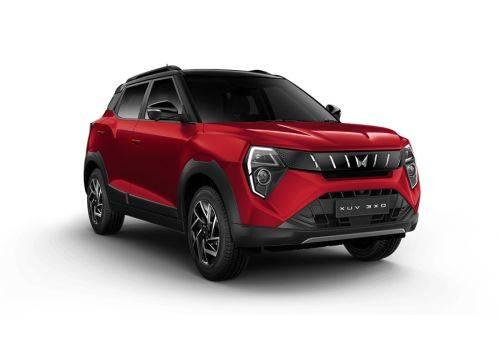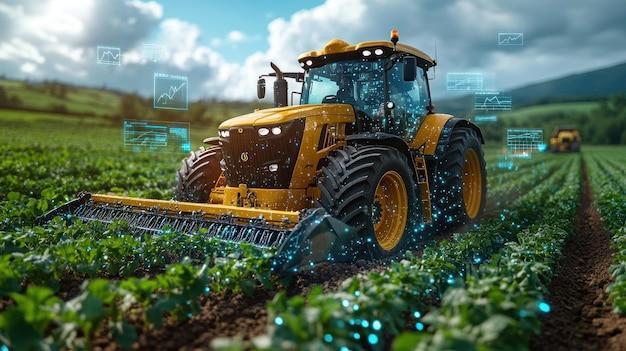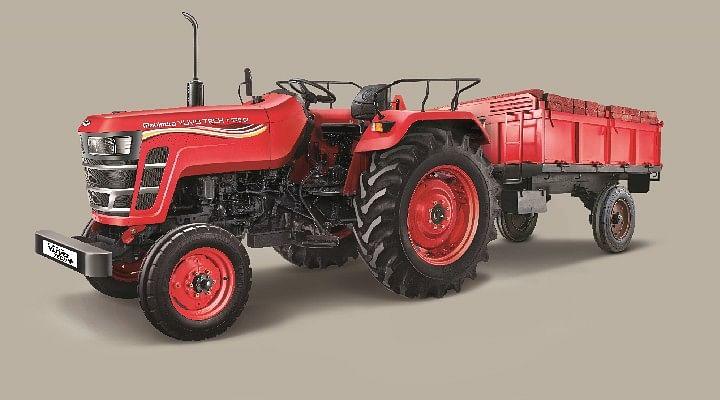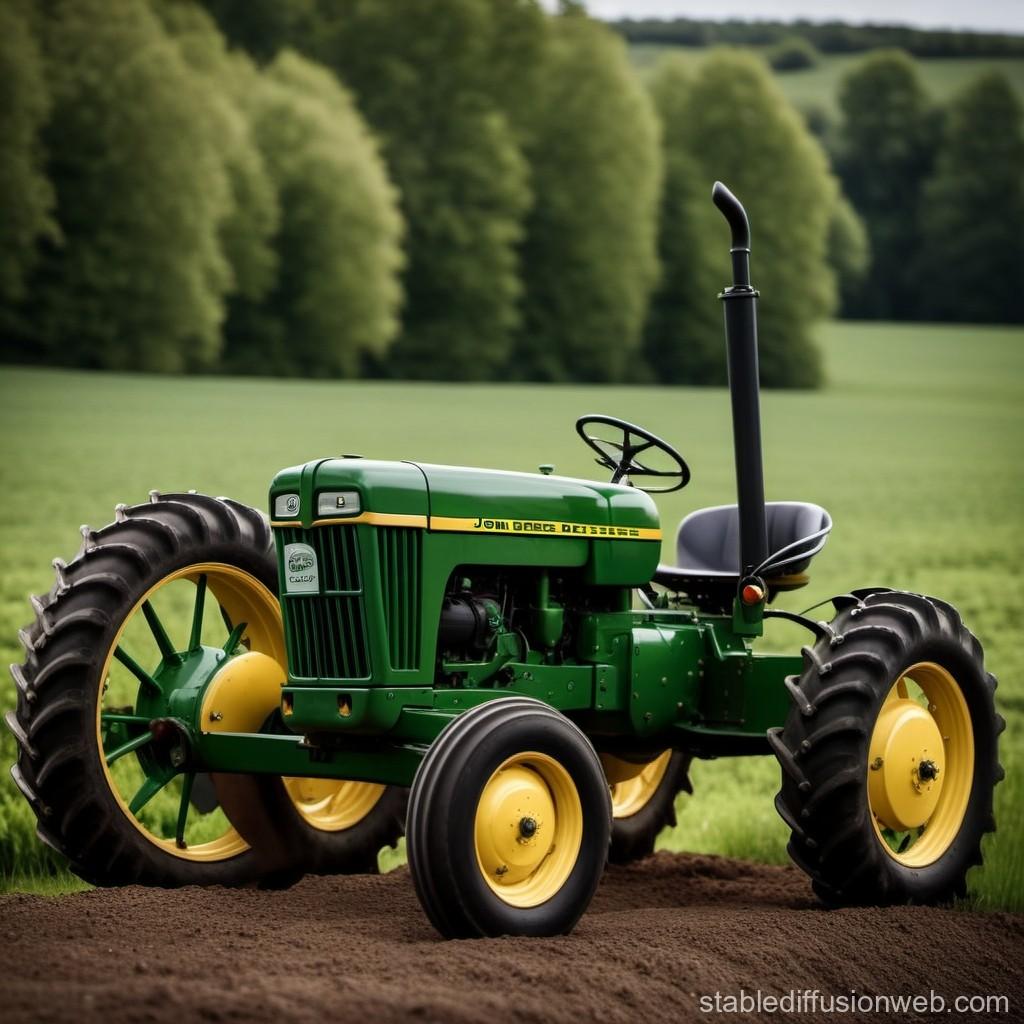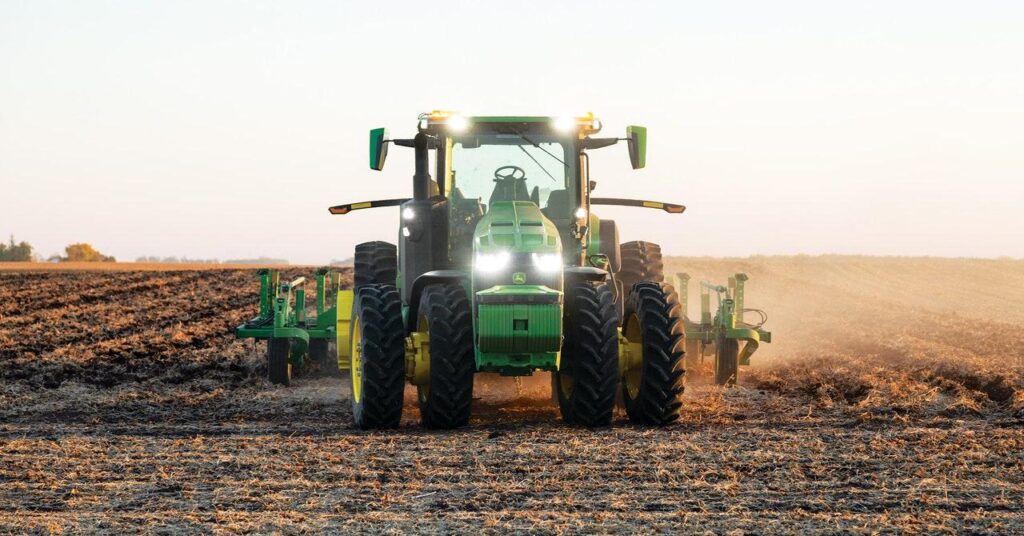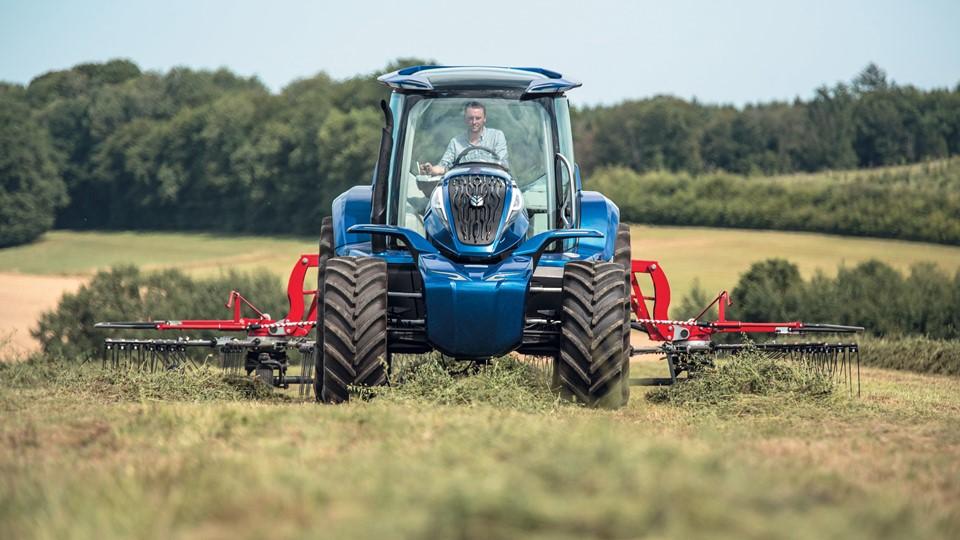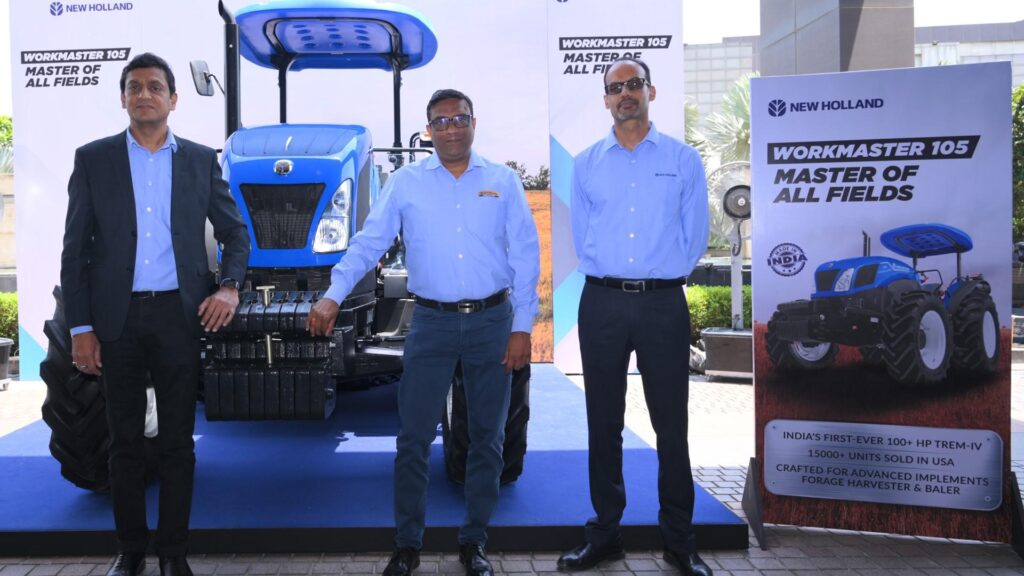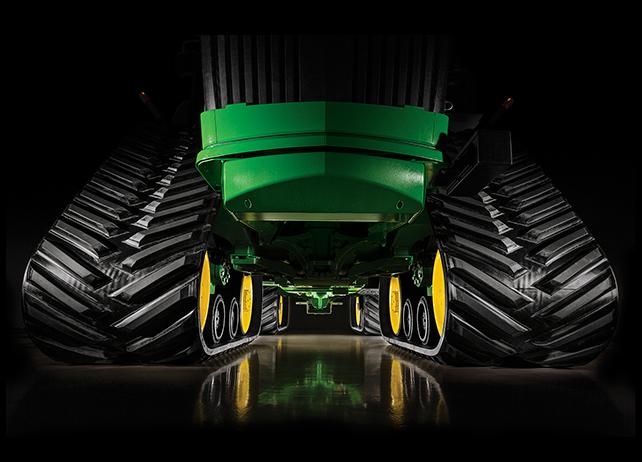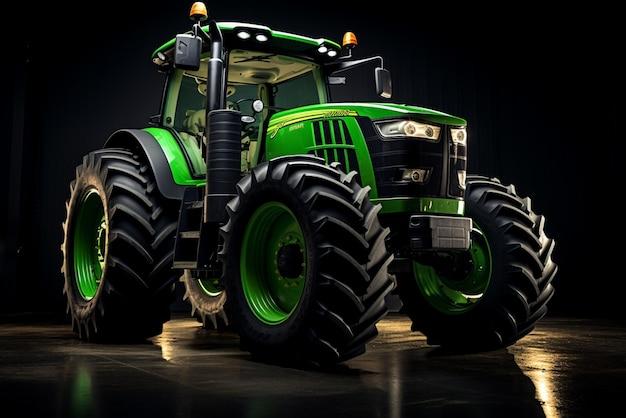In a notable leap forward for agricultural technology, Mahindra’s latest tractor model represents a fusion of conventional farming capabilities with smart technology integration. The new release marks a strategic response to the growing demand for precision agriculture solutions, combining robust mechanical performance with digital innovations. This progress arrives at a time when global farming practices are increasingly shifting toward data-driven, automated systems to optimize crop yields and resource efficiency. The agricultural landscape is undergoing a dramatic transformation with the introduction of Mahindra’s latest smart tractor series. This cutting-edge machinery combines traditional farming capabilities with advanced digital technology, setting new standards for precision agriculture and operational efficiency.
At the heart of this innovation lies an intelligent operating system that monitors real-time performance metrics, including fuel consumption, engine temperature, and operational hours. Farmers can access this data through a dedicated mobile application, enabling them to make informed decisions about maintenance schedules and resource allocation.
the tractor’s GPS-guided auto-steering system ensures precise navigation across fields, minimizing overlap and reducing fuel wastage. This technology maintains straight lines with centimeter-level accuracy, even in challenging terrain conditions. The system also creates detailed field maps, allowing farmers to track covered areas and plan future operations effectively.
variable rate technology has been integrated into the hydraulic system, enabling precise control of implements. This feature automatically adjusts application rates for seeds, fertilizers, and pesticides based on soil conditions and crop requirements, leading to optimal resource utilization and improved yield potential.
The machine’s enhanced telematics system facilitates remote monitoring and diagnostics. Service centers can identify potential issues before they escalate, reducing downtime and maintenance costs. The system also provides theft protection through geofencing alerts and real-time location tracking.
Climate-smart features include weather sensors that provide localized weather forecasts and recommendations for ideal operating conditions. The tractor’s smart implement recognition system automatically adjusts power output and hydraulic settings based on the attached equipment, ensuring optimal performance while preventing damage.
Power management has been revolutionized with an intelligent transmission system that automatically selects the most efficient gear ratio based on load conditions.This innovation results in up to 15% fuel savings compared to conventional tractors. The engine’s electronic control unit constantly optimizes performance parameters, reducing emissions while maintaining power output.
Ergonomics haven’t been overlooked, with the cabin featuring a touchscreen interface that provides easy access to all smart functions. The display shows critical details including implement settings, field coverage maps, and maintenance alerts. Climate control and noise reduction technologies ensure operator comfort during extended working hours.
Data analytics capabilities enable farmers to track productivity metrics and generate detailed reports. This information helps in planning future operations and demonstrating compliance with agricultural regulations. The system also facilitates integration with other farm management software, creating a comprehensive digital farming ecosystem.
Compatibility with precision farming implements has been enhanced through standardized communication protocols. This allows seamless integration with various smart implements, from seeders to sprayers, expanding the tractor’s versatility across different agricultural operations.
The incorporation of artificial intelligence enables predictive maintenance scheduling and automated task optimization,marking a significant step toward autonomous farming operations. This technological leap represents not just an evolution in agricultural machinery, but a transformation in farming practices for enhanced productivity and sustainability.